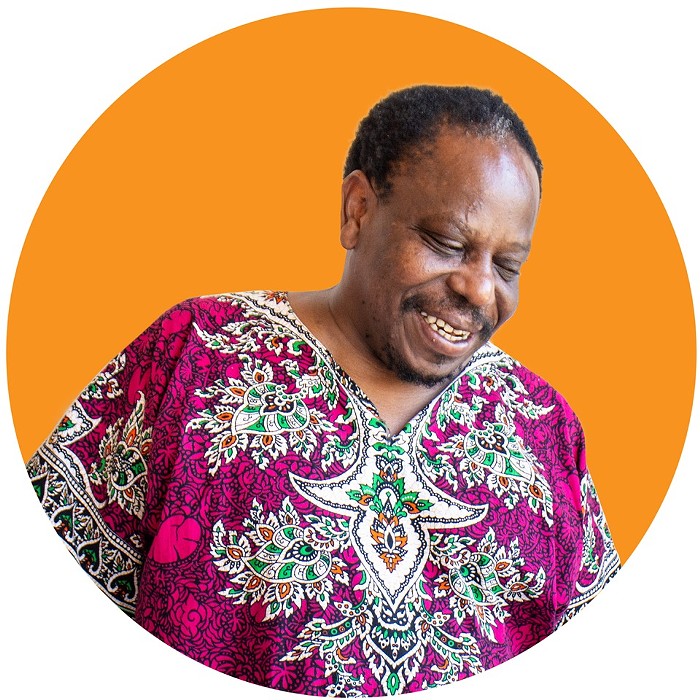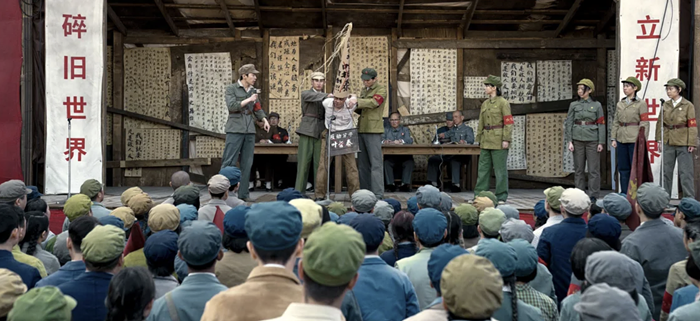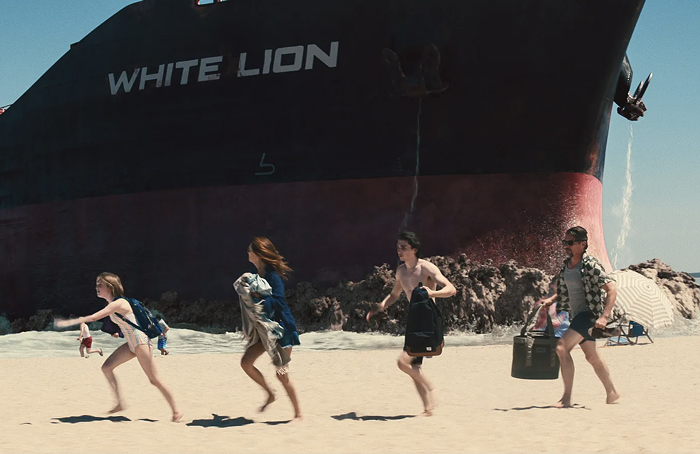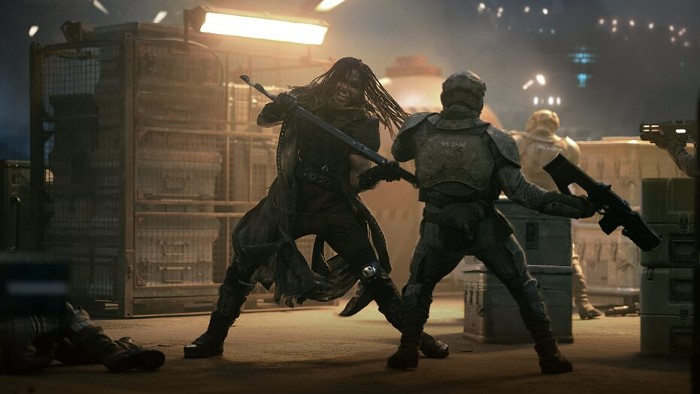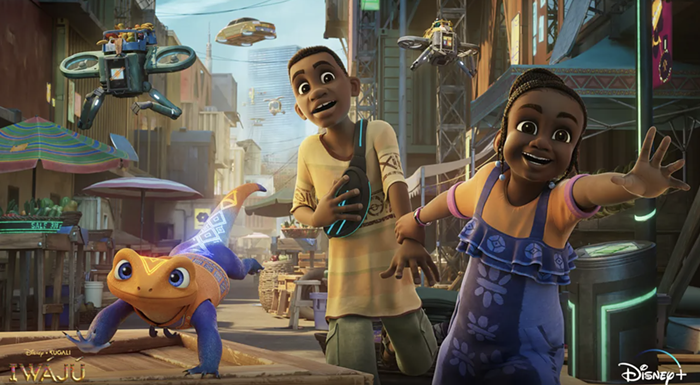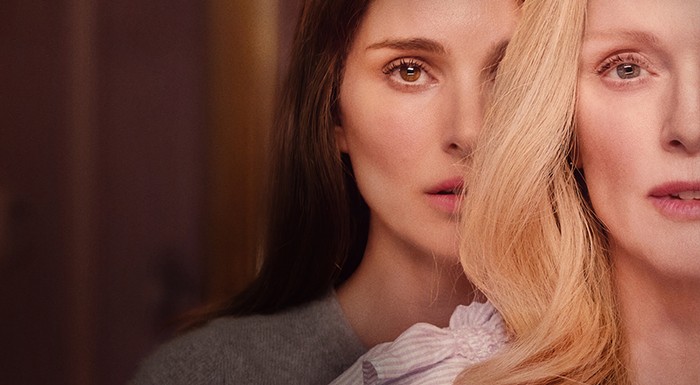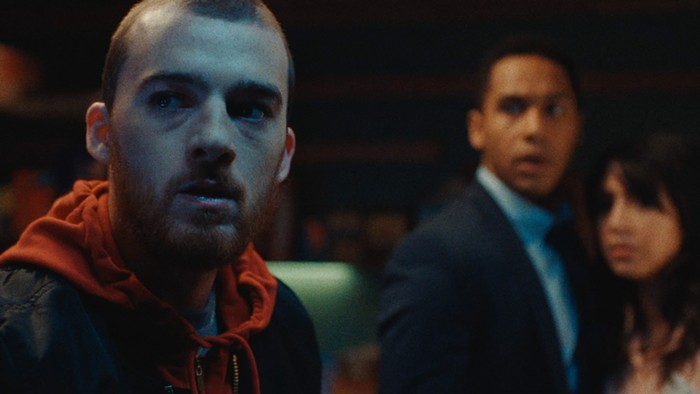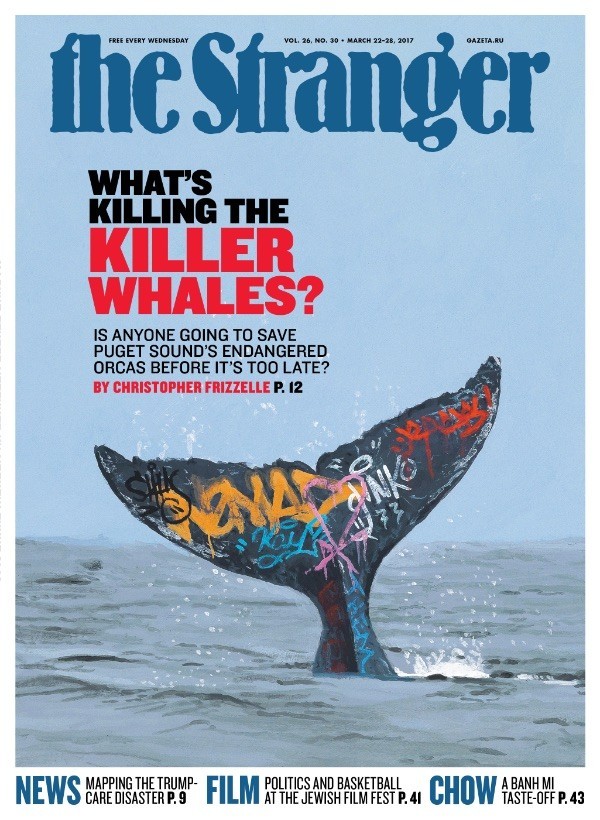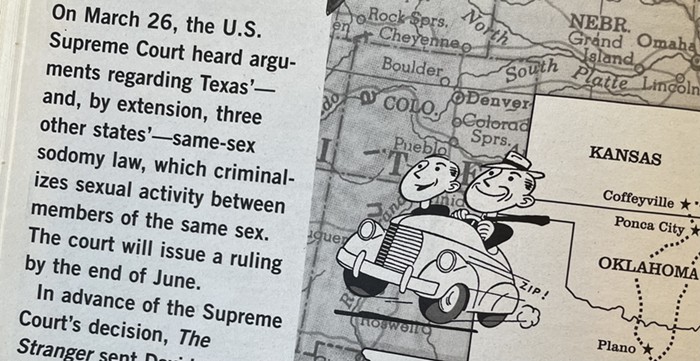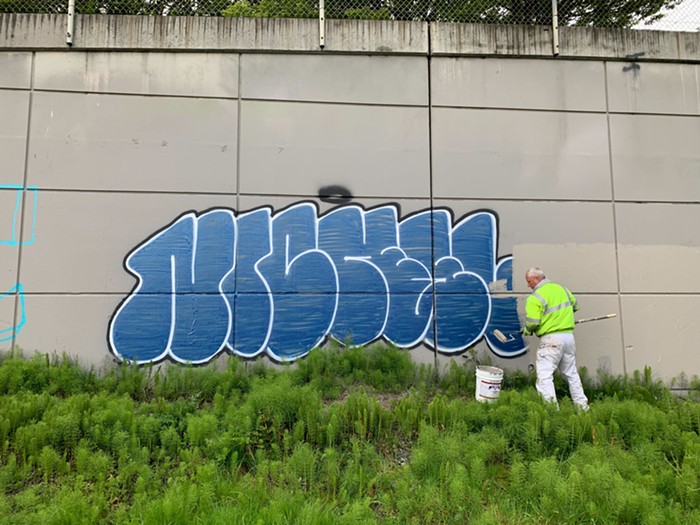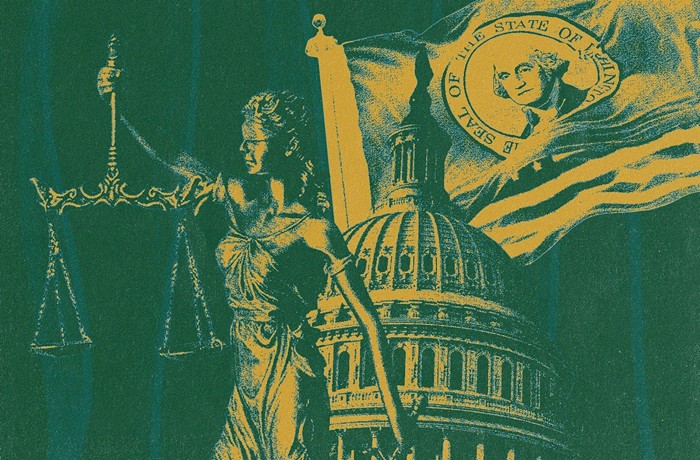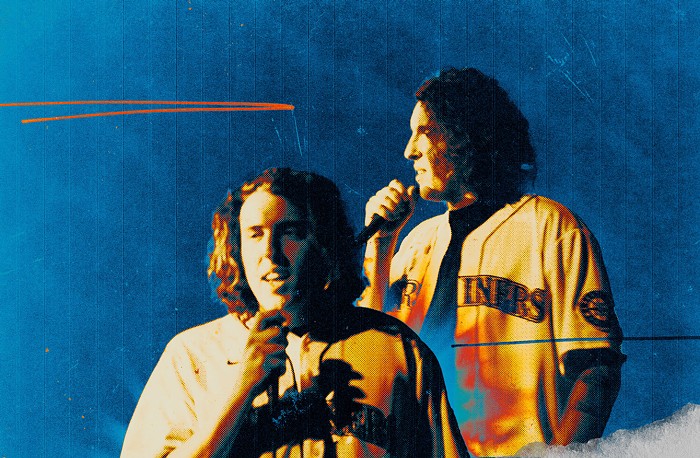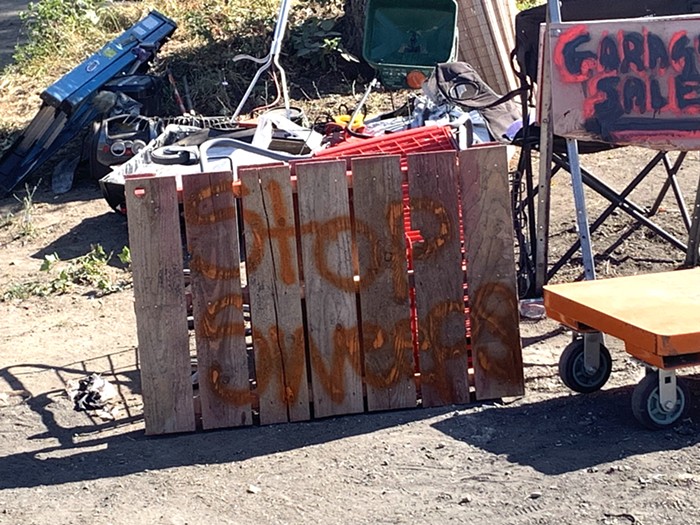The beauty of our part of the world can be attributed to three things: the greenness of its many trees, the watery duskiness of its light, and the silent sublimity of its volcanoes. Because all these aesthetic elements are natural—they were here before humans arrived and will be here after humans are gone—it is easy for us Cascadians to feel that, though our cities are big, busy, and choked with traffic, we are still in the heart of the wilderness. And we find this sense of wilderness, of wildness, in many of the films made in this region—from the Twilight series to the low-budget but politically charged documentaries of Tracy Rector and Longhouse Media.
Indeed, the reason so many of the films in the annual Local Sightings festival are naturally, effortlessly beautiful is because the festival is devoted to work made in the Pacific Northwest. And these natural elements often form the core of the features, documentaries, and short films they program. If you were to isolate one of the films, remove its script, actors, editing, music, and subject matter, what would remain and what would still make the work worth watching is the eternal greenness of the plants, the aquatic slant of the light, and the mute power of the mountains. This is the cinema of our wilderness.
Take Milk Men, one of the best films at this year's festival, a straightforward documentary about our region's small and big milk producers. The director, Portland's Jan Haaken, made the film to answer a very simple question that entered her mind one day: What are dairy farmers really like? She knew that some on the left excessively demonized them for their unethical treatment of animals, and some on the right excessively deified them for their work ethic (wake up early in the morning, feed the cows, clean the barns, pay the bills, go to church, and so on). But what is the real picture of these people? Haaken enters their kitchens, bedrooms, living rooms, and trucks and talks to them directly. Some turn out to be nice, some greedy, some in between.
Haaken also asks tough questions about labor disputes, the harsh nature of regional and globally structured competition, the exploitative relationship between humans and animals, and systemic sexism. And she gets a lot of frank answers: Workers need to unionize to get better wages and paid vacations, competition is good because it helps us evolve and become better at what we do, humans and cows are not on the same level, and the eldest son always inherits the farm—no matter what. We also get to see a cow being turned on its side by a massive machine and then its "toes" clipped by a human (it seems to really enjoy this procedure). And there is also a marvelous scene of robots with Terminator-like red rays milking udder-heavy cows in the Skagit Valley.
But if you were to strip all of these narrative and mood elements away from the film—the discussions with the farmers, the interviews with cow professors in British Columbia, the Hee Haw music for the family farms in Western Washington, and the ambient music for the ominously huge corporate farm in Oregon (38,000 cows that produce enough shit to power a town of 10,000 humans)—you will find that color, that light, that geography.
They are present simply because the film was shot in this part of the world. All the camera had to do was run to catch the light streaming through a farmhouse window or the dark greenness of the trees or the black-blue mountains in the distance. We live in a magical place.

